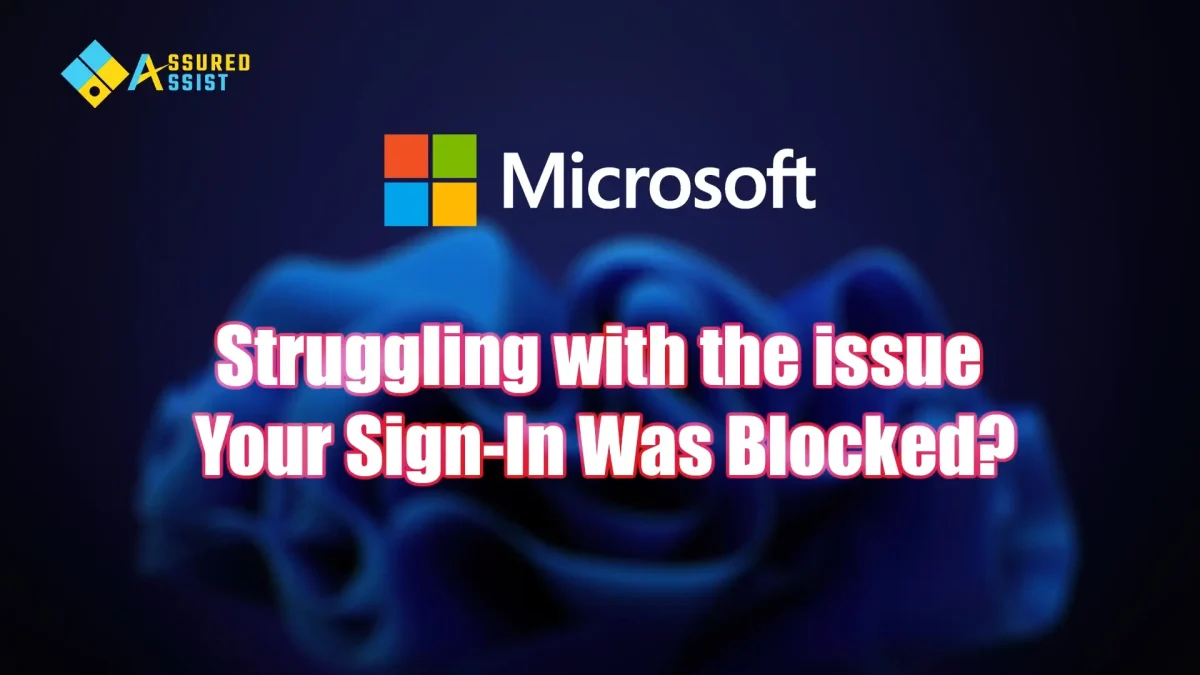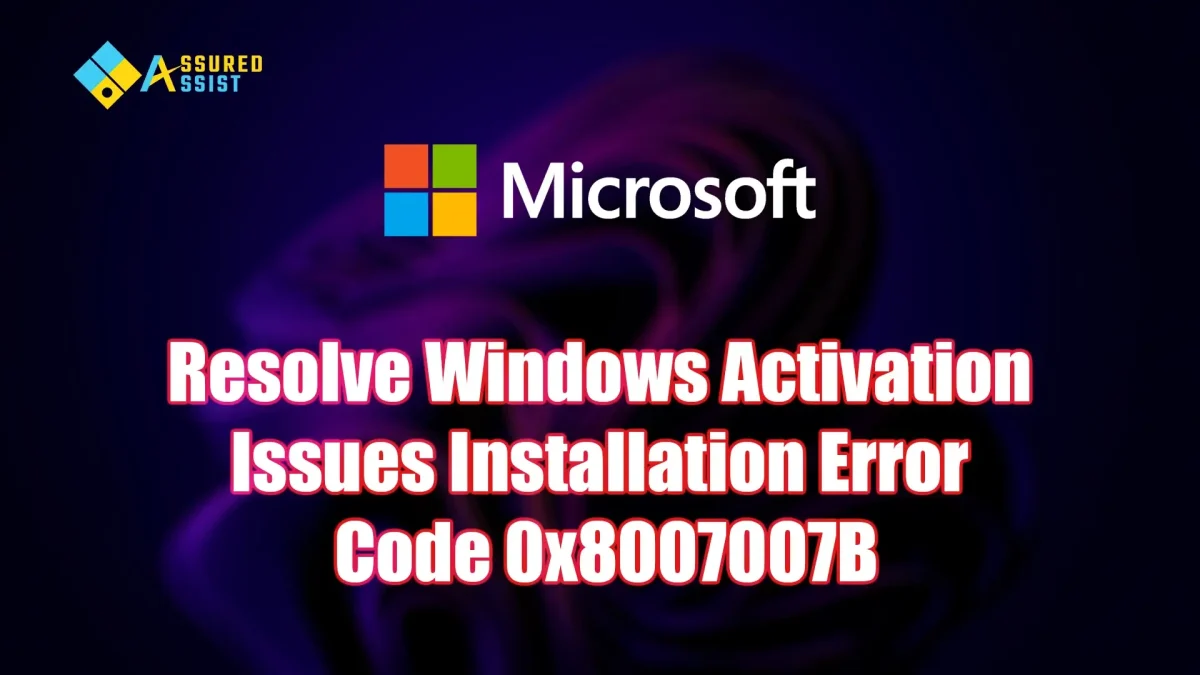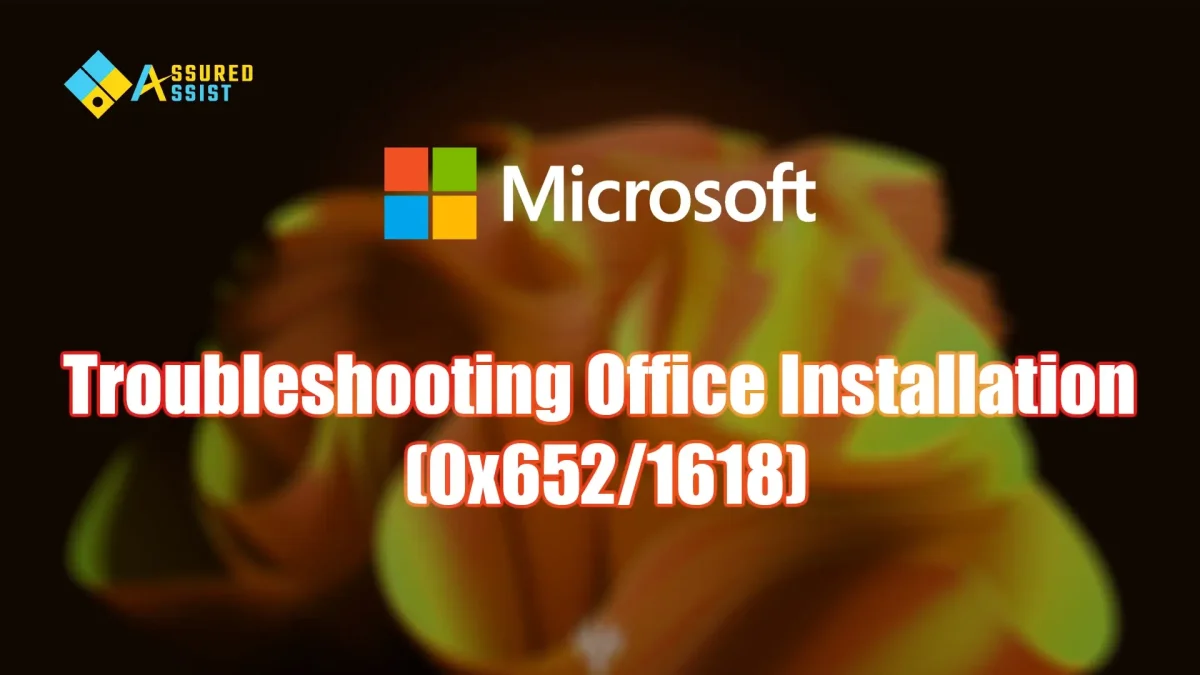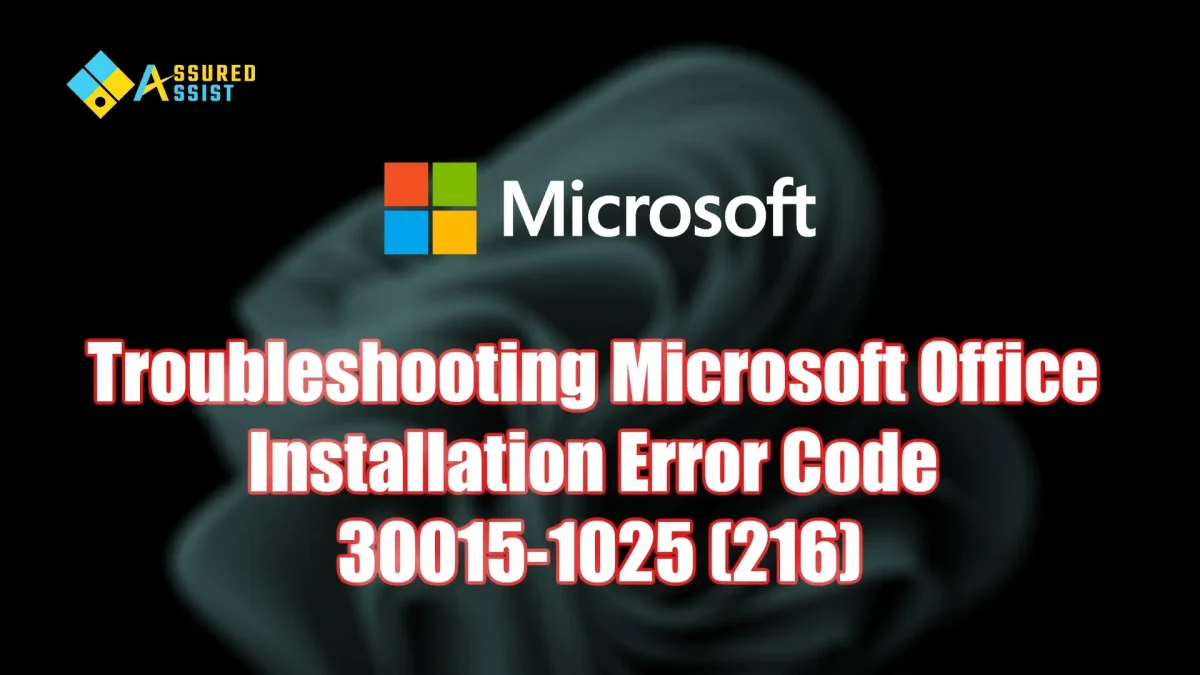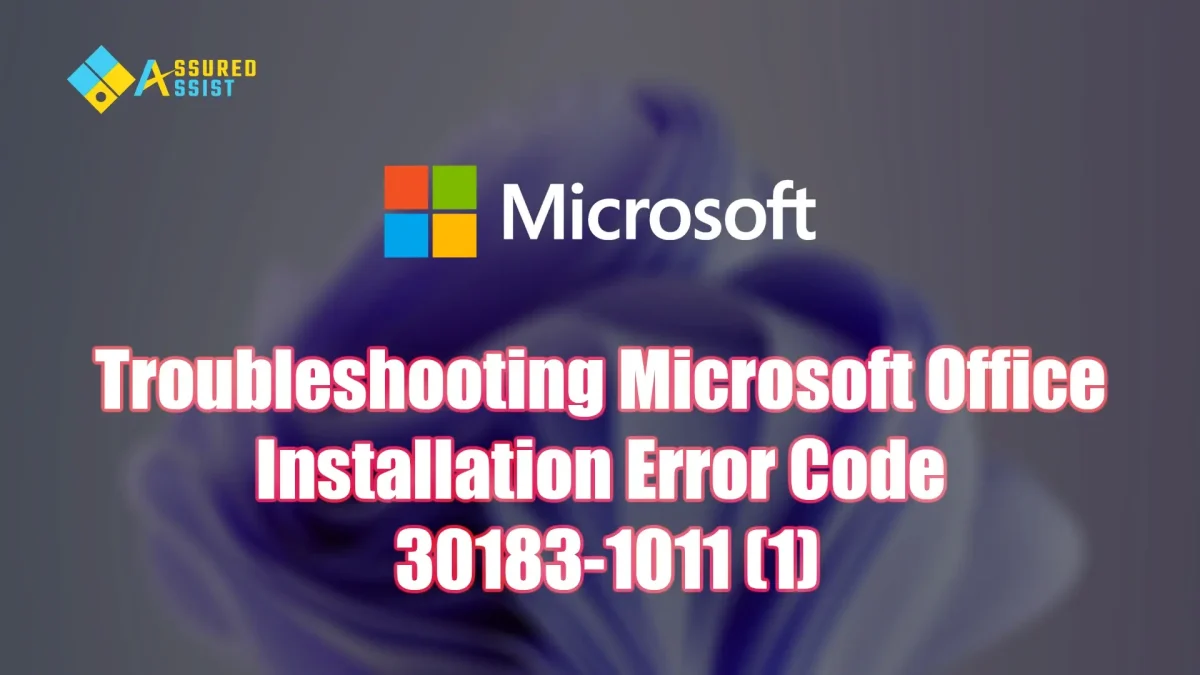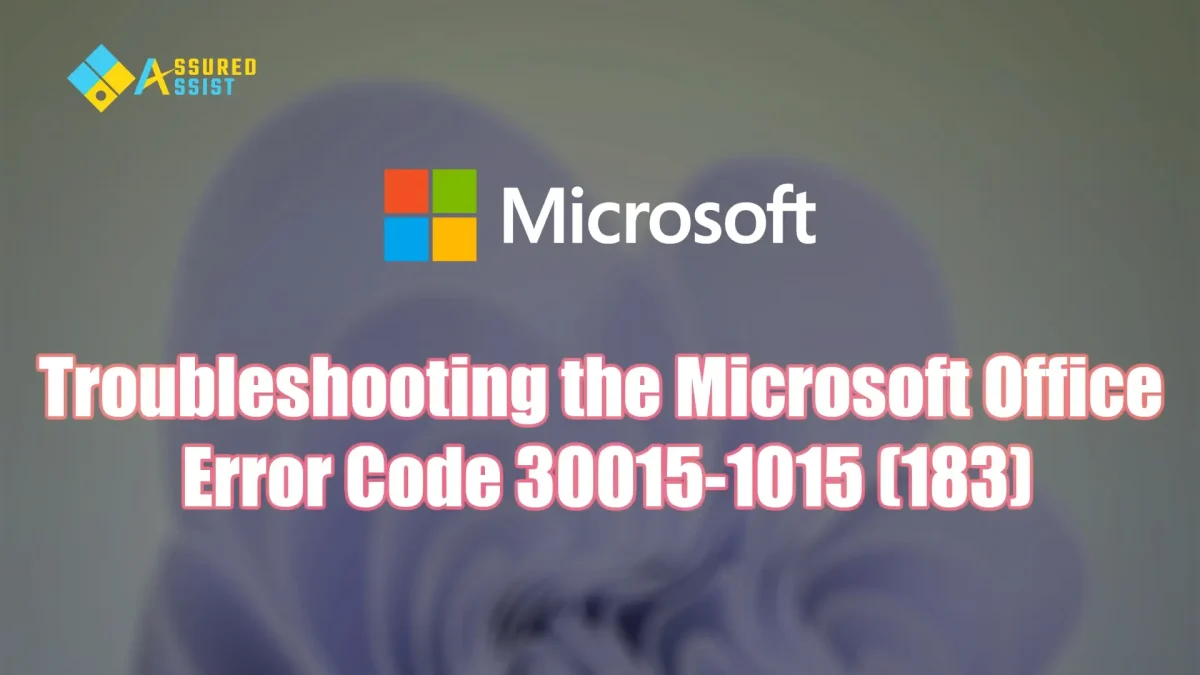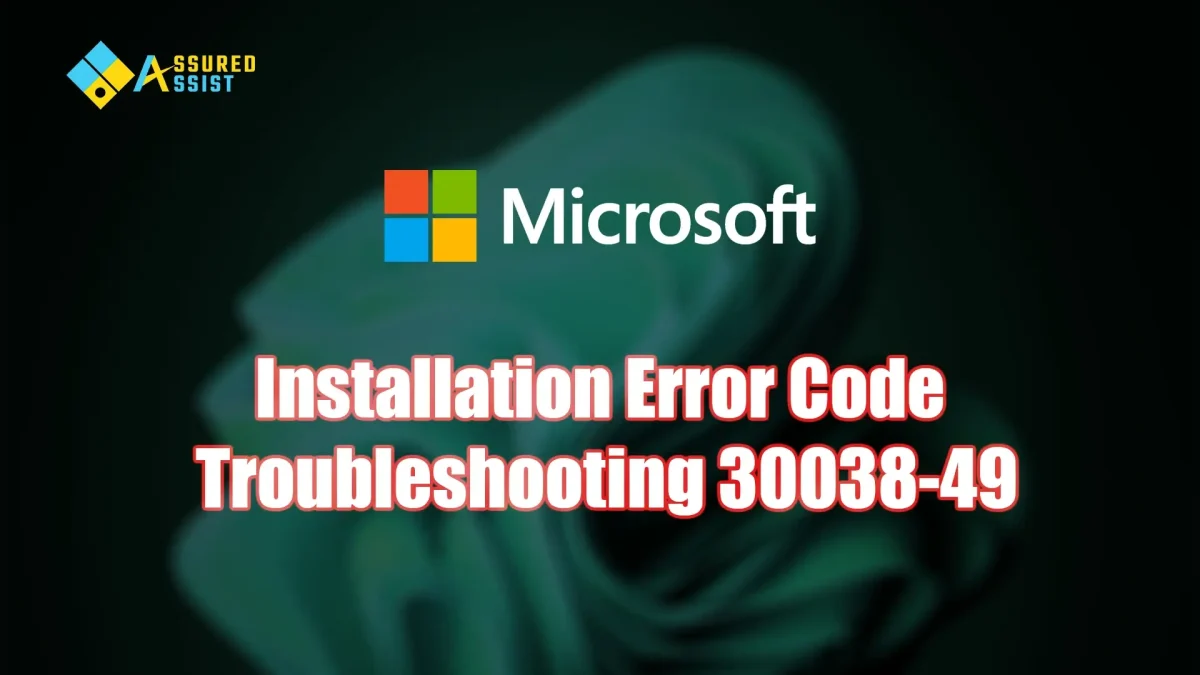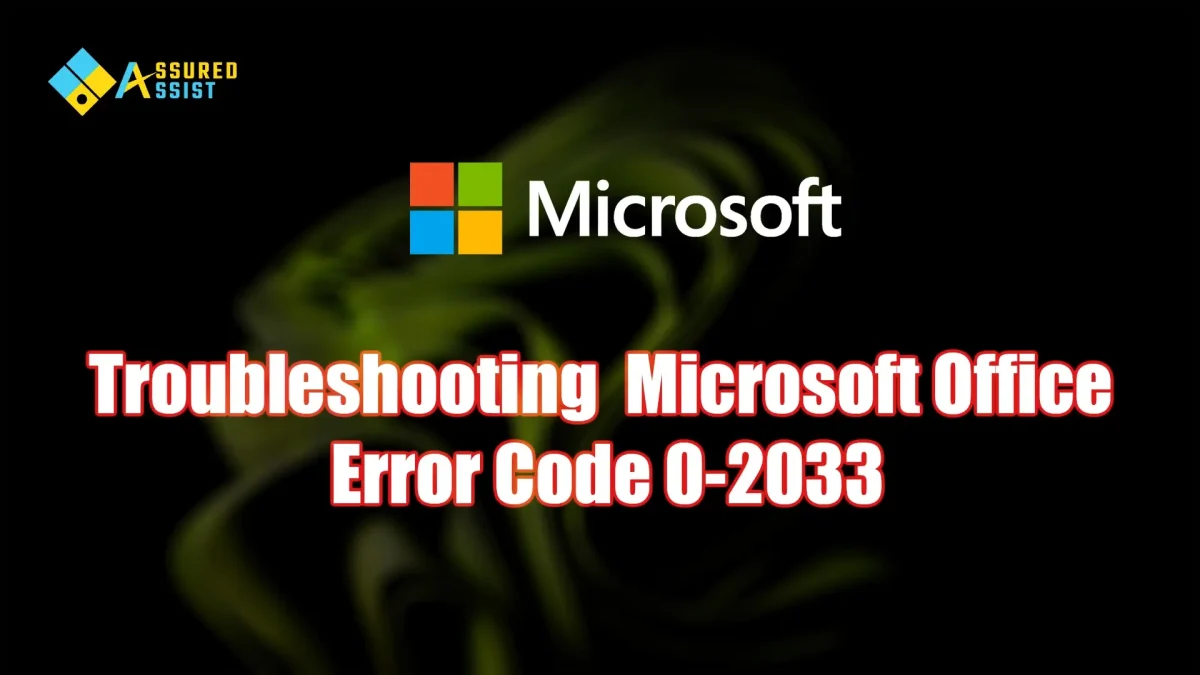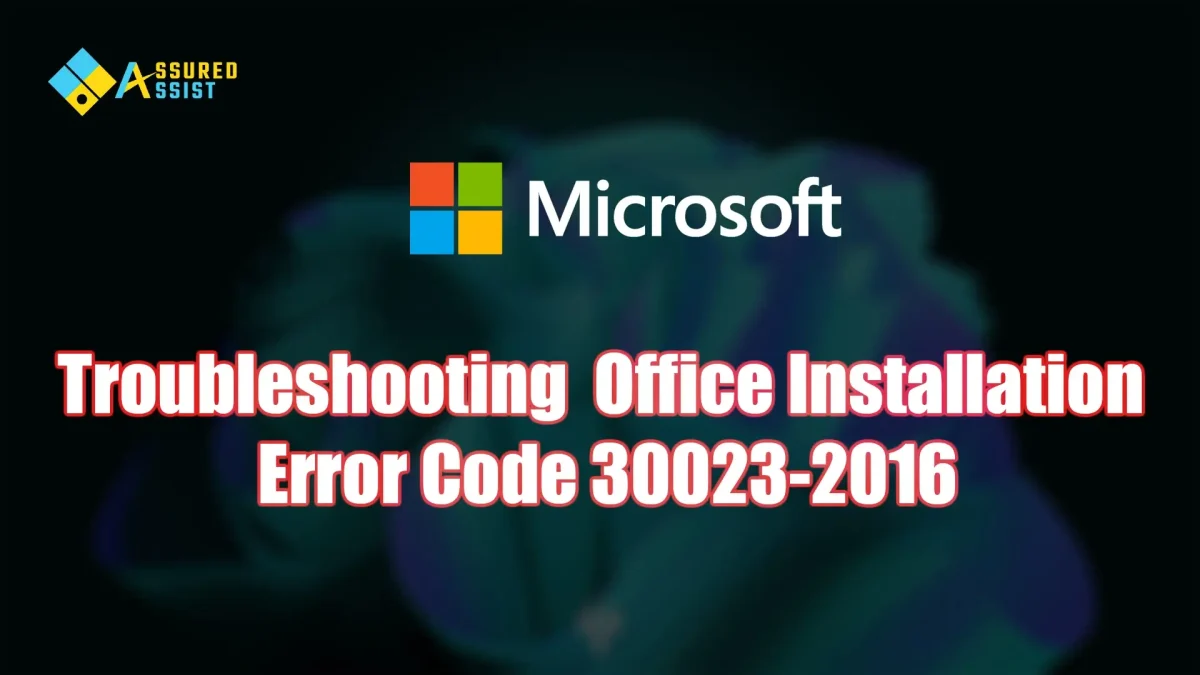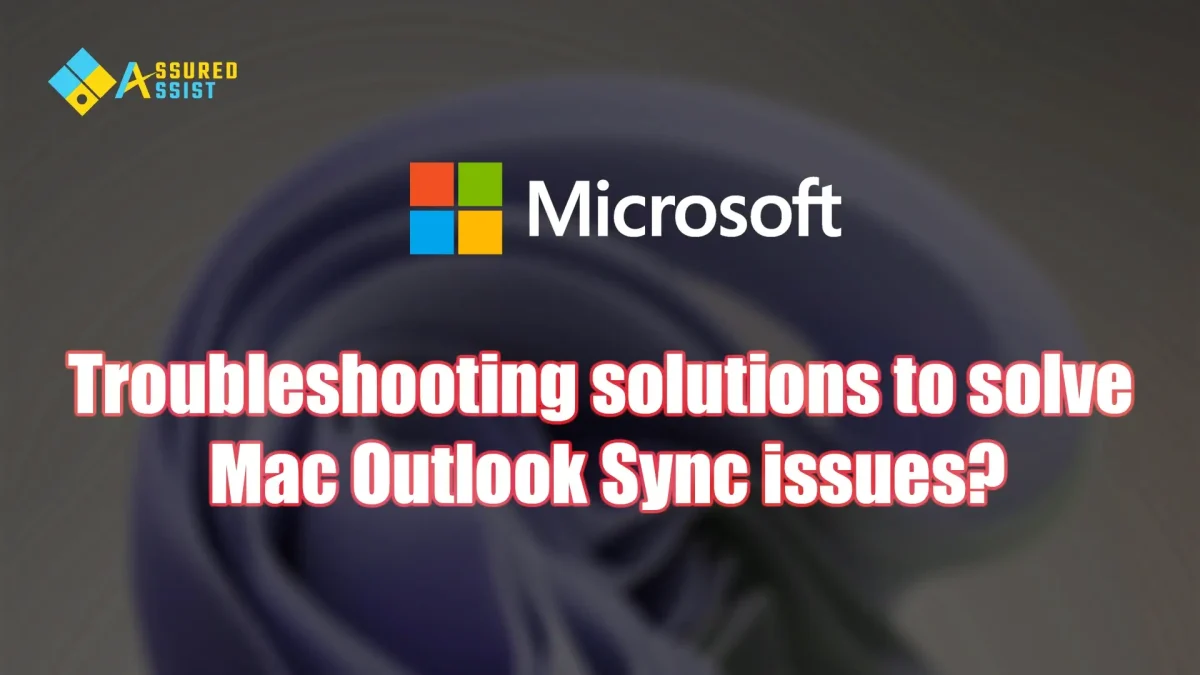The 0x8000FFFF error code is associated with Windows Update and signifies a “fatal error.” This can occur due to:
- Corrupted System Files: Necessary files may be missing or damaged.
- Registry Issues: Conflicts in the Windows registry may cause this error.
- Antivirus Software: Security programs may block updates or installations.
- Incomplete Updates: Failed or interrupted updates might trigger the error.
- Network Problems: Poor internet connectivity can interfere with updates.
1. Run the Windows Update Troubleshooter
Identify and resolve issues using the built-in troubleshooter:
- Go to Settings > Update & Security > Troubleshoot.
- Select Additional Troubleshooters.
- Choose Windows Update troubleshooting and Windows run the troubleshooting process.
2. Check for Corrupted System Files
Use the System File Checker (SFC) to repair missing or damaged system files:
- Open Command Prompt as an administrator.
- Type
sfc /scannowand press Enter. - Wait for the scan to complete and reboot your system.
3. Use the DISM Utility
If SFC fails to resolve the issue, use the Deployment Imaging Service and Management Tool:
- Open Command Prompt as an administrator.
- Type
DISM /Online /Cleanup-Image /RestoreHealthand press Enter. - Wait for the process to finish and restart your system.
4. Run Antivirus Software Temporarily
Disable your antivirus software temporarily to ensure it’s not interfering with updates:
- Turn off your antivirus software.
- Attempt the update or installation again.
- Re-enable your antivirus software after completing the process.
5. Reset Windows Update Components
Manually reset components that manage Windows Updates:
- Open Command Prompt as an administrator.
- Run the following commands one by one:
net stop wuauserv net stop cryptSvc net stop bits net stop msiserver ren C:\Windows\SoftwareDistribution SoftwareDistribution.old ren C:\Windows\System32\catroot2 Catroot2.old net start wuauserv net start cryptSvc net start bits net start msiserver
6. Conduct a Clean Boot
Perform a clean boot to eliminate startup conflicts:
- Press Windows + R, type
msconfig, and press Enter. - In the System Configuration window:
- Go to the Services tab and check Hide all Microsoft services.
- Click Disable all.
- Go to the Startup tab, click Open Task Manager, and disable all startup items.
- Restart your computer and try the update again.
7. Update Windows Manually
If the issue persists, download and install updates manually:
- Visit the Microsoft Update Catalog.
- Search for the specific update you need and download it.
- Follow the on-screen instructions to install the update manually.


